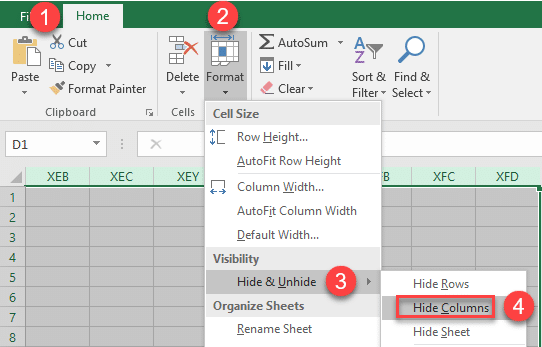To truly comprehend “How Much is an Ounce?” we must start by breaking down the fundamentals. We will lay the groundwork for the rest of the article.
Table of contents
What is the Basic Unit of Measurement?
Before we explore this topic fully, it’s important to understand that weight and volume measurements are fundamental to our daily lives.
Everything from cooking to construction relies on these measurements.
An ounce, or oz, is one of the most commonly used units of measurement.
Read Also: How to Draw a Fairy Easy | Simple Guidelines to Initiate
Weight vs. Volume
Understanding this difference is essential when working with measurements.
Weight is the force exerted on an object due to gravity, while volume refers to the space occupied by an object.
How is Ounces in Different Systems?
Ounces are used in various systems of measurement, including the Imperial and the US Customary systems. Let’s explore these systems to understand better.
The Imperial System
The Imperial system is widely used in the United Kingdom and some other countries. In this system, an ounce is approximately 28.35 grams.
The US Customary System
In the United States, the US Customary system is prevalent. Here, an ounce is approximately 28.35 grams, mirroring the Imperial system.
How is Ounces in Everyday Life?
Understanding how much an ounce is in practical terms is crucial. This section provides real-world examples of how ounces are used daily.
Cooking and Baking
In the culinary world, ounces are a staple measurement unit. Whether you’re following a recipe or improvising, knowing how much an ounce is can make or break your dish.
Measuring Liquids
For bartenders and mixologists, precision is key. Knowing how to measure ounces correctly ensures your cocktails taste just right.
Crafting and DIY Projects
In the realm of crafting and DIY, ounces play an important role in measuring ingredients, materials, and even paint for your next masterpiece.
Read ALSO: How to Draw a Pumpkin: Artistic Tips for Autumn Illustrations
How Much is an Ounce?
Here, we’ll delve into the heart of the matter, answering common questions and providing in-depth insights.
What Is the Weight of an Ounce?
An ounce weighs approximately 28.35 grams. This standard applies to both the Imperial and US Customary systems.
How Many Ounces in a Pound?
In the world of weight measurements, there are 16 ounces in a pound. This is a crucial conversion to know, especially in the culinary and fitness realms.
How Many Ounces in a Cup?
When it comes to volume measurements, there are 8 fluid ounces in a cup. Understanding this conversion ensures precision in your cooking and baking endeavors.
Read ALSO: How to Change Apple Watch Band: Personalizing Your Device
Frequently Asked Questions
An ounce is defined as approximately 28.35 grams in both the Imperial and US Customary systems.
Yes, ounces can be used in the metric system, and 1 ounce is equivalent to about 28.35 grams.
Knowing that there are 16 ounces in a pound is essential for accurate weight measurements, particularly in cooking and nutrition.
No, ounces and fluid ounces are not the same. Ounces refer to weight, while fluid ounces are a unit of volume used for liquids.
Common mistakes include not using the right measuring tools, misinterpreting the scale, and failing to account for the container’s weight.
You can find a wide range of tools for measuring ounces at kitchen supply stores, online retailers, and even at your local supermarket.
Conclusion
Understanding how much an ounce is is a valuable skill that can enhance various aspects of your life.
Whether you’re in the kitchen, at the workshop, or raising a glass in celebration, the knowledge of ounces and their accurate measurements will serve you well.
Now that you’ve journeyed through, you can confidently tackle your next project or recipe, armed with knowledge and precision. So go ahead, measure with confidence, and enjoy the results.






